The world of finance and business is a big one, but it’s not that big. With insider trading and other financial issues that cross the line, it’s not uncommon for the SEC (Securities and Exchange Commission) to issue fines for corporations that have participated in illegal or inappropriate financial dealings. While many of the fines the SEC initiates are expensive, not all of them register as that much money in the eyes of the biggest corporations in the world. However, some fines the SEC issues are bigger than others. Read on to find out the 15 biggest SEC fines in history.
(Photo by Alex Wong/Getty Images)

Merrill Lynch – $100 million
In 2002, a $100 million penalty was a lot of money, even though it really doesn’t seem like it in comparison to some of the penalties that companies pay more than a decade later. However, the company was charged publishing research that was misleading. It was an agreement that the company made with the New York attorney general, the SEC and several other securities regulators. The fine was in conjunction with an agreement that the company would disclose all research information from that point forward so as not to mislead their clients.
(Photo by Chris Hondros/Getty Images)

Mizuho Financial Group – $127.5 million
This is a company that, in 2012, was charged with using dummy assets in an effort to inflate credit ratings on different deals. The SEC, upon investigating the claims that this particular business practice was occurring at the time, swooped in and charged the company hundreds of millions in fines for the alleged misdealing happening at the foreign bank. The fines were given to not only the company, but also to three former employees of the company who were working to create the dummy deals and to trick the credit bureaus into thinking the company had more appropriate assets.
(Photo by Koichi Kamoshida/Getty Images)
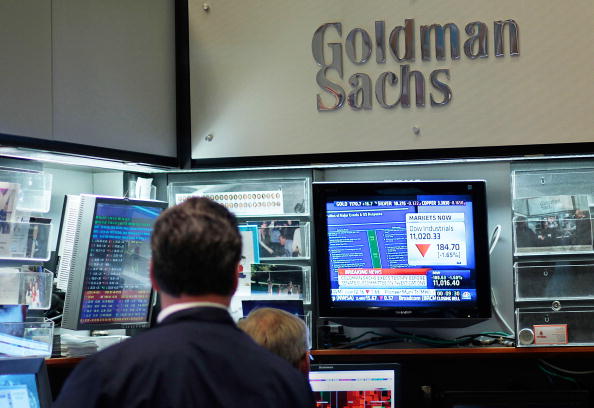
Goldman Sachs- $550 million
In 2010, the SEC filed charges against the financial institution alleging that one of the firm’s vice presidents had misled investors. The accusation included misrepresentation of subprime mortgage rates and the SEC was accusing the company and the VP of not informing clients that they product they were purchasing was created to fail by another financial maven. Goldman Sachs decided to go ahead and pay a $550 million fine in an effort to settle the case and prevent further investigation from impeding business practices.
(Photo by Chris Hondros/Getty Images)
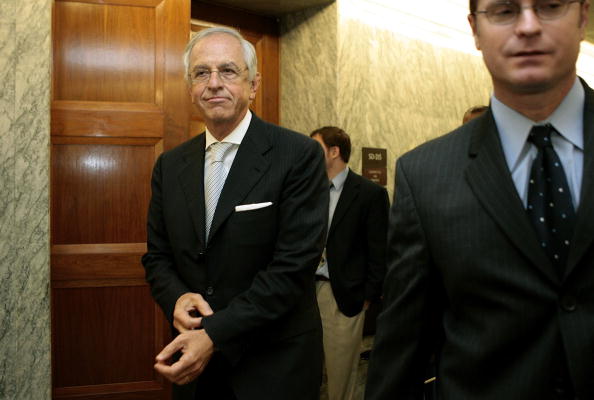
Eli Lilly & Co. – $1.42 billion
In 2009, this pharmaceutical company was accused of improperly marketing one of its biggest selling drugs. This drug goes by the name of Zyprexa, which is actually an antipsychotic drug. It was being marketed as something different with a different use for a while, which was a violation of SEC rules. The accusations that this had occurred resulted in an investigation of the company’s practices, which discovered truth to the accusation, resulting in this large fine. It’s a smaller fine in comparison to other fines issued by the SEC and the DOJ, but that doesn’t make it insignificant.
(Photo by Chip Somodevilla/Getty Images)

UBS AG – $1.5 billion
In 2012, UBS AG was ordered to pay $1.5 billion in fines for violating SEC laws and regulations. While the financial institution was involved in insider trading or anything of that nature, it was accused of manipulating interbank lending rates. This is a direct violation of SEC law that also goes down in history as the biggest fine in the scandal including Libor to date. The fine was issued after the company acknowledged the charges filed against it and agreed to pay the penalty for its illegal and corrupt actions in the financial industry.
(Photo by Oli Scarff/Getty Images)

Abbott Laboratories – $1.6 billion
Abbott Laboratories is another pharmaceutical company that was accused of not following the rules in the SEC and the Department of Justice. This particular company was ordered to pay fines exceeding $1.6 billion in 2012 for the mishandling and misrepresentation and inappropriate marketing skills that the company took part in prior to the fine. The antiseizure drug Depakote was marketed for other uses than what it is supposed to do, which is a clear violation of SEC rules. This type of occurrence is not that uncommon in the pharmaceutical industry these days.
(Photo by Tim Boyle/Getty Images)
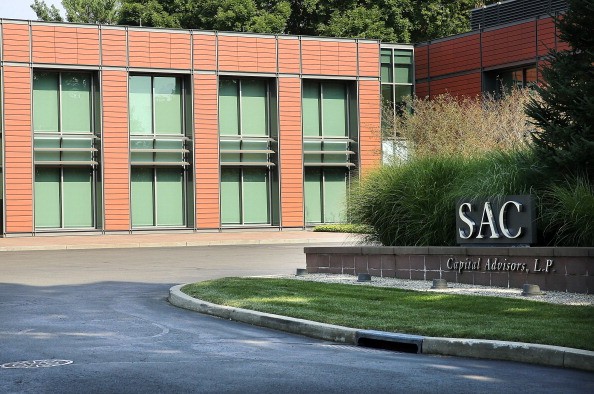
SAC Capital – $1.8 billion
In 2013, SAC Capital faced charges for insider trading to the tune of $1.8 billion. While this amount is nowhere near the list of biggest fines in history, it’s the biggest fine ever issued for insider trading practices. Half the fine is appropriated toward forfeiture and the other half of the fine will go to the fine initiated by the SEC. The owner of the company, Steven Cohen – one of the richest men in the world – was required to pay the entire fine out of pocket since he is the owner of the business.
(Photo by Spencer Platt/Getty Images)

Siemens $1.9 billion
Siemens is practically a household name, and that’s why it’s always surprising to see their name on this list. The company was accused of using illegal schemes to win business in several different countries around the world. The company acknowledged the accusations in both the United States and Germany that alleged they were bribing others to use their business. The fines and penalties were issued in 2008 and was paid by the company. While it’s not the biggest fine of its nature, it is one of the largest fines that were issued for conduct of this manner.
(Photo by Joerg Koch/Getty Images)

HSBC Holdings – $1.9 billion
This is a bank that just wasn’t doing what it was supposed to be doing in order to prevent money laundering. There are laws in place that require financial institutions to cover their own tracks and to engaged in antimoney laundering controls. The company had a few deficiencies in this area, and they were fined heavily by the SEC. In conjunction with the bank secrecy act, this was the largest fine ever issued. It’s the third fine that HSBC has been saddled with since 2003 when the company was lax in other policies considered important to the SEC.
(Photo by Andrew Burton/Getty Images)
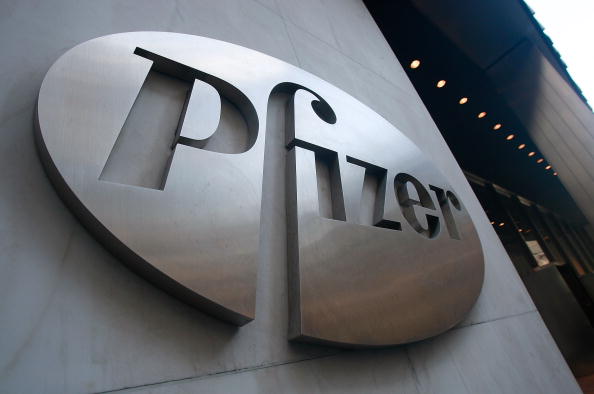
Pfizer – $2.3 billion
In 2009, Pfizer was charged with illegally marketing some of its drugs to consumers for uses that the drugs were not actually intended for. This includes a painkiller by the name of Bextra. It was marketed illegally according to SEC and DOJ regulations, in addition to several other painkillers that the pharmaceutical giant produces. The fine was one of the largest at the time it was filed, and the company quickly paid it in order to move past the bad publicity and the shame of engaging in illegal marketing strategies and behavior that cost the corporation so much.
(Photo by Mario Tama/Getty Images)
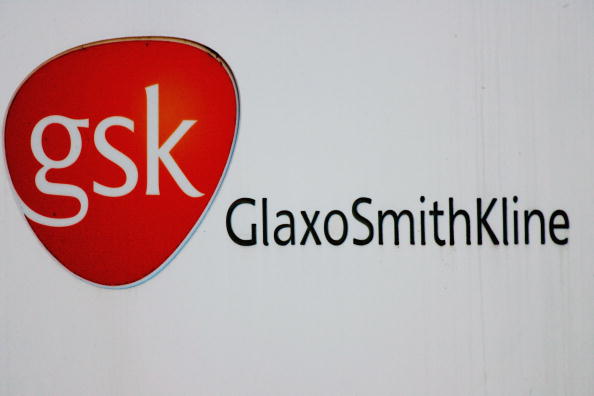
GlaxoSmithKline – $3 billion
This pharmaceutical company was ordered to pay $3 billion in fines in 2012 after the company pleaded guilty to charges that included marketing drugs illegally and not issuing all safety information to consumers. This is a clear violation of the SECs rules and requirements, and the Department of Justice filed criminal charges for the same activity. One of the charges filed against the company included the famed Dr. Drew Pinsky. The drug company allegedly paid him to promote their product on the air for depression, which violates additional SEC rules. The total payments ended up being significant, but not the largest in SEC history.
(Photo by Jeff J Mitchell/Getty Images)

Bank of America – $3.6 billion
This was in 2009. The company was accused by the SEC of not disclosing billions of dollars worth of bonuses paid to Merrill Lynch employees. This was not the first time that the bank was accused of not properly disclosing pertinent financial information to the appropriate people. In 2008, the bank was accused of not disclosing massive fourth quarter losses in the same sector at Merrill Lynch. The initial suit was filed in the millions, but the judge who approved the fine was not satisfied that the fine was sufficient, and therefore upped it significantly.
(Photo by Scott Olson/Getty Images)
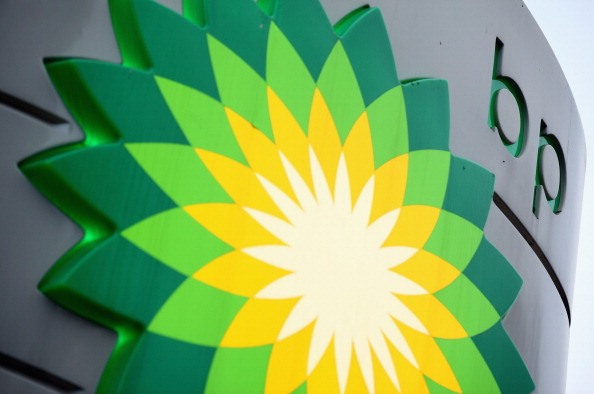
BP – $4.5 billion
This is a big fine in SEC history, though it’s split up into several different aspects. Nearly $4 billion of this fine was issued by the Department of Justice for the Deepwater Horizon disaster that involved the Gulf of Mexico. Another $525 million of this particular fine was issued by the SEC for additional civil penalties. After the cleanup and settlement for those injured from this disaster are all paid and all is said and done, BP is looking to pay around $42 billion. Additional environmental penalties might still apply, making this an even larger fine.
(Photo by Oli Scarff/Getty Images)

Wells Fargo & Co, JP Morgan, and Bank of America – $9.3 billion
These three banks and 10 other major banks were forced to pay $9.3 billion in 2013 after they were accused to allegedly engaging in illegal foreclosure actions. These incidents were alleged to occur during the financial crisis following 2008. Homeowners complained that the banks were engaging in practices that were not allowed or permitted by the SEC and the DOJ, and the banks were each investigated and agreed to pay fines that equal more than $9.3 billion to homeowners, which includes loan assistance and even cash relief to affected homeowners for the position they were placed in by the banks.
(Photo by Spencer Platt/Getty Images)
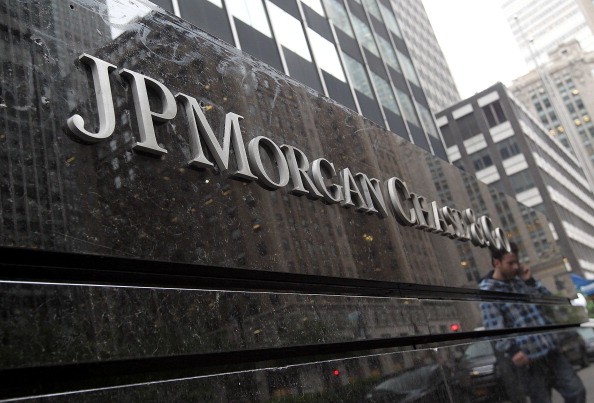
JP Morgan Chase – $13 billion
While this deal is a tentative one as of 2013, it remains the biggest fine in history. The bank is responsible for paying fines and penalties that stem from the accusation that the bank sold mortgage securities through illegal means when the financial crisis occurred. Additionally, a criminal investigation is ongoing. At the moment, the fine will include a number of settlements as well as nearly $4 billion in fines to pay to the SEC and the DOJ for criminal negligence and behavior during the economic crash that includes misleading other financial institutions.
(Photo by Justin Sullivan/Getty Images)

